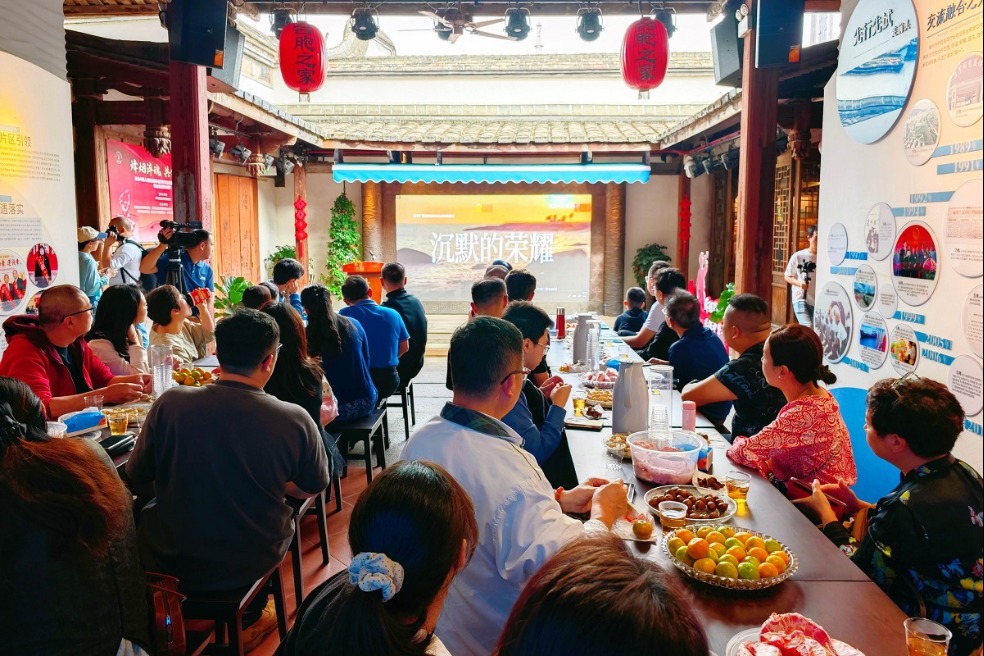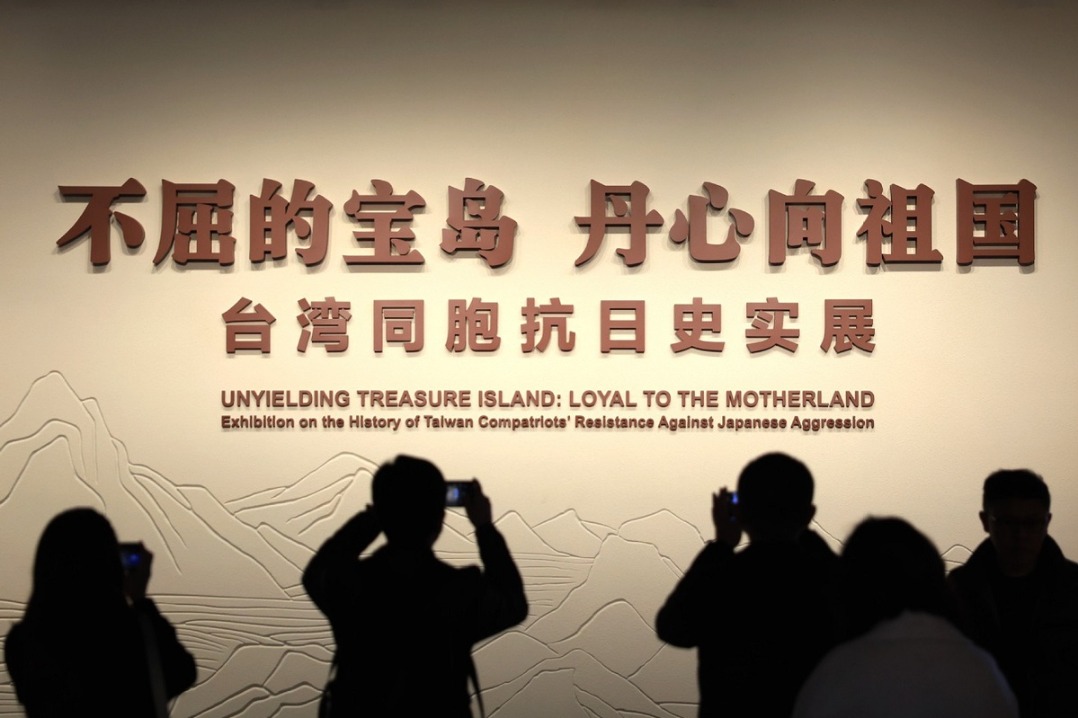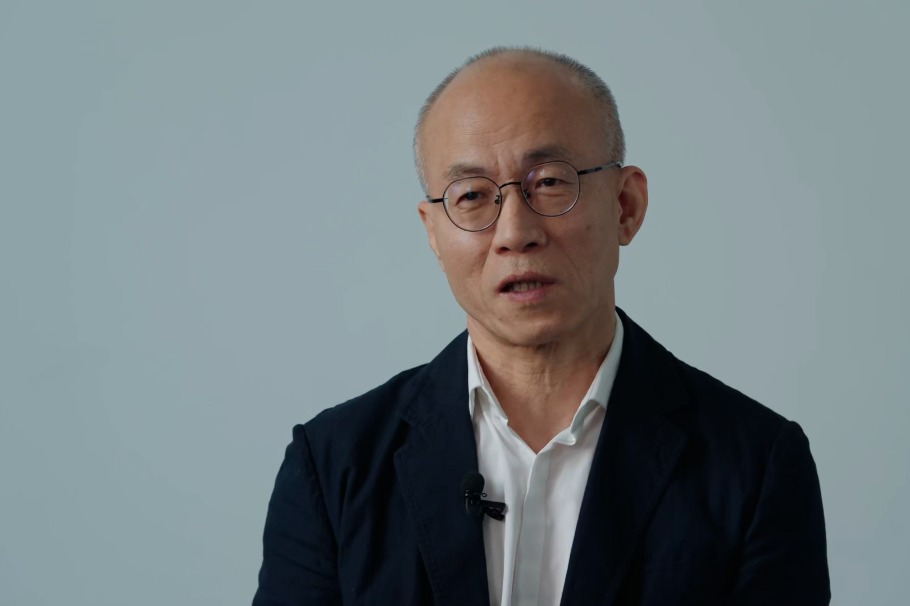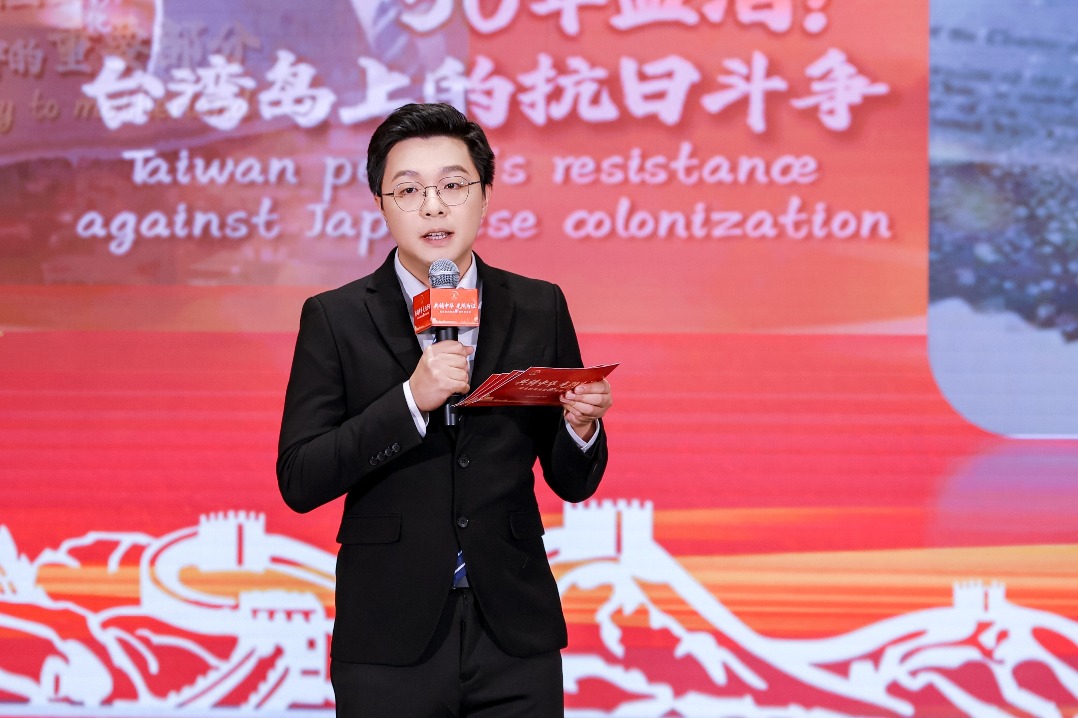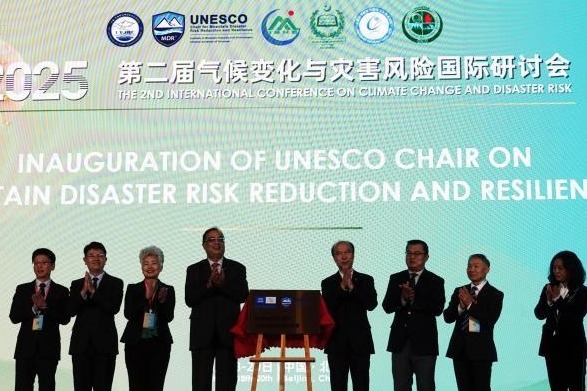Beijing hospital fights imported cases

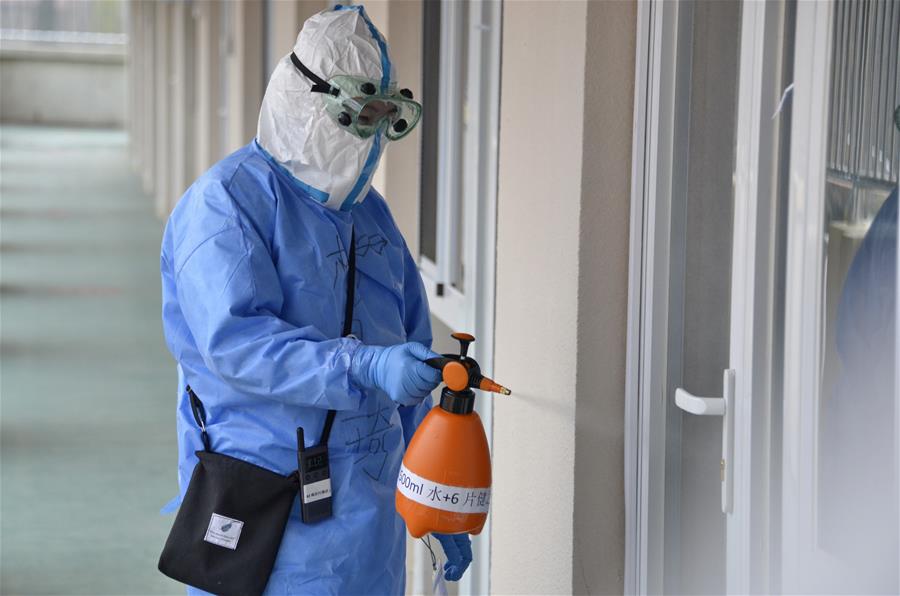
Learning from SARS
In the treatment and control of SARS, which spread rapidly on the Chinese mainland in 2003, the capital established the hospital as a temporary medical center in just a week. To prevent and control the spread of COVID-19, the municipal government began renovating it on Jan 23, said Lyu Yiping, head of the working team fighting COVID-19 in the hospital.
After renovations, the hospital was divided into two areas with about 1,600 beds. One completely new ward admits suspected cases and people who request to be tested after arriving in Beijing. The other is for treating confirmed cases, Lyu said.
"The two parts are independent, and every room in the ward waiting for tests is isolated and allocated a bathroom to avoid cross-transmission," she said, adding that all medical treatments and services, including testing and nursing, are available around the clock.
Those awaiting testing can purchase items via a supermarket QR code posted on each room's window. "They can also contact medics to know their health condition and ask for help via a smart communication device beside their beds," said Chen Jing, deputy head of the working team.
About 1,000 medical staff members from the capital's 22 hospitals have been assigned to support Xiaotangshan Hospital.
In addition to respiratory department specialists, some medics also practice traditional Chinese medicine, pediatrics, emergency room services and intensive care, she added.
Among the medical staff, more than 800 are nurses, Chen said.
- Shanghai's cross-border e-commerce pilot zone gains from CIIE's spillover effect
- Pioneering deep-sea mission completed
- Foreigners back Xizang's boarding school system
- Compatriots from both sides of Taiwan Strait oppose external interference
- Ex-deputy GM of key state-owned enterprise expelled from CPC for corruption
- Legislators push stronger protections for disabled



















